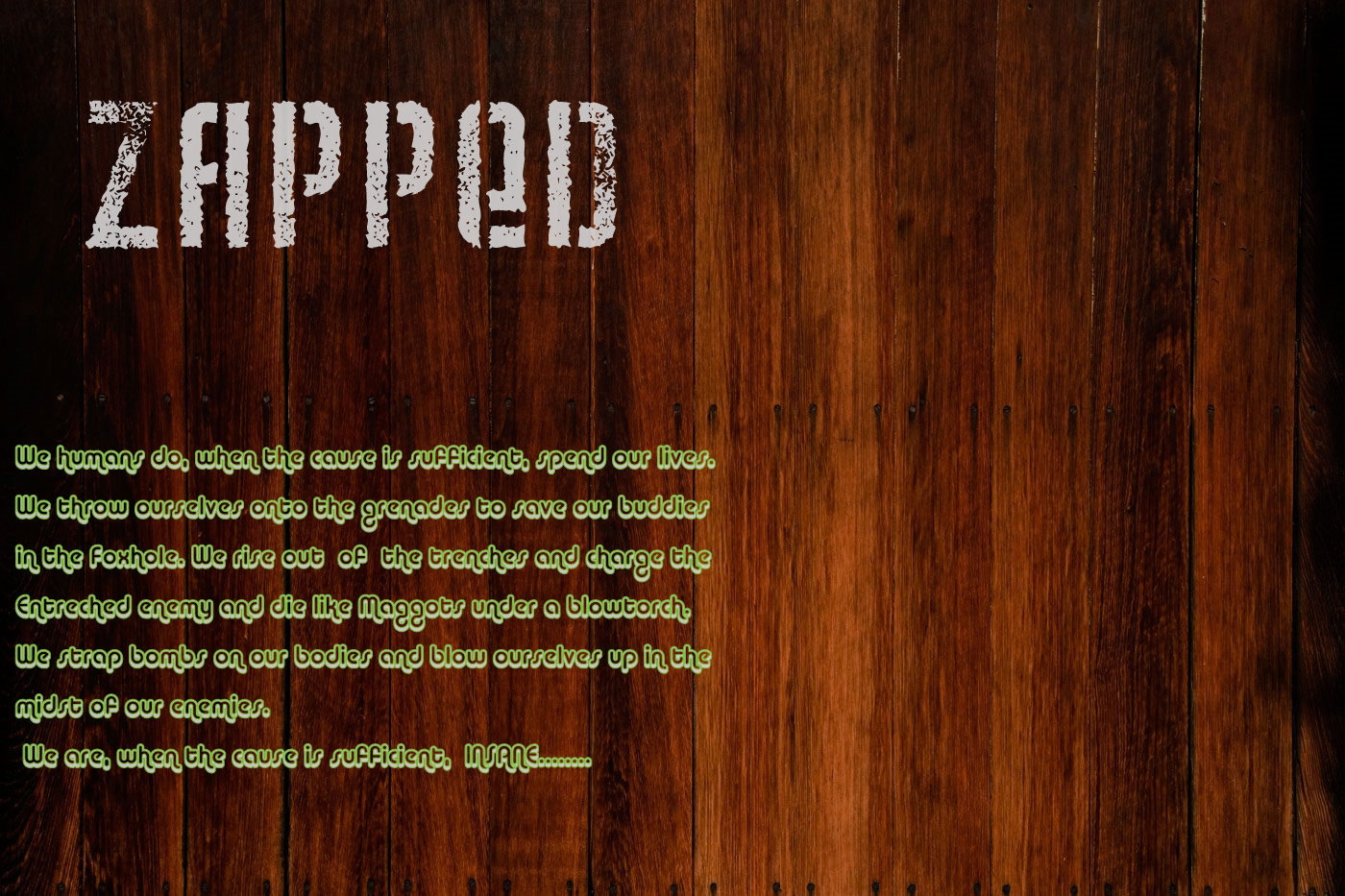
1498: The emperor of China patents the toothbrush: hogback bristles set into a piece of bone or bamboo. Dental hygiene takes a step up.
How — or if — you cleaned your teeth before this time depended on culture and class. The chew stick, or chewing stick or toothstick, was a piece of twig. One could chew one end of the stick until it was quite frayed and then use the frayed end to brush and scrape one’s teeth.
If you had a knife handy, you could carve the other end of the stick to a sharp point to pick at the larger specks of oral detritus. And if the twig came from an aromatic tree or shrub, all the better, because you got some breath freshener in the bargain.
Some ancient Egyptian tombs included toothsticks as burial artifacts, meant to allow the departed to con tinue their tooth-cleaning in the afterlife. (Mummy says, “Now brush your teeth.”)
tinue their tooth-cleaning in the afterlife. (Mummy says, “Now brush your teeth.”)
Other Methods included using a cloth or rag to wash and wipe the teeth. These might be dipped in sulfur oil or a saline solution. Another practice was to just rub baking soda (sodium bicarbonate, still an ingredient in toothpastes) directly onto the teeth.
Greek and Roman Texts refer to people using toothpicks to clean their teeth. If you had the money, you could buy yourself a brass or silver toothpick, often with elaborate or even ostentatious handles.
Into all this came Chinese ingenuity. Take the stiff, coarse bristles from the back of a hog’s neck, set them at right angles into a piece of bone or bamboo, and you can really brush those difficult-to-reach crevices.
News of the invention reached Europe. It didn’t catch on right off, perhaps because the local horsehair or feathers that were used there just weren’t stiff enough to do the job.
Englishman William Addis hit on the idea in the 1770s of importing coarse boar bristles from the cold climates of Siberia and northern China, and his quality mass-produced brushes sold well. The Company Addis Founded in 1780 is still in the brush biz today.
As the market picked up, innovation followed innovation. Meyer Rhein patented a three-row toothbrush in 1844 with large tufts of serrated bristles. Celluloid Plastic brush handles appeared during World War I, when every bone available was needed to make soup.
Dr. West’s Miracle Tuft Toothbrush appeared in 1938, with bristles made of Nylon, the new invention from DuPont Timely that, as China’s civil war and the Japanese invasion had made East Asian boar bristles hard to get.
A Swiss electric toothbrush came along in 1939, but the first really successful one, Squibb’s Broxodent, didn’t hit the market until 1961. The development of smaller motors was a big help. General Electric’s first rechargeable cordless model, another big convenience, also appeared in 1961,
A 2003 Survey asked Americans which of the following inventions would be the hardest to live without: the automobile, the personal computer, the cellphone, the microwave and the toothbrush. The more recent inventions trailed the pack. The century-old automobile came in second, and the five-century-old toothbrush came in first, named by 42 percent of adults and 34 percent of teens.






No comments:
Post a Comment